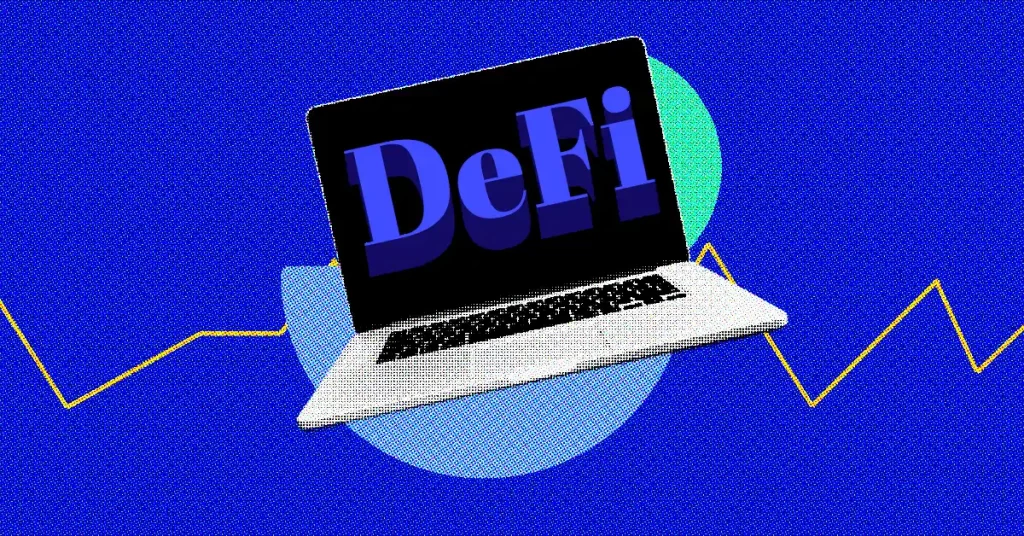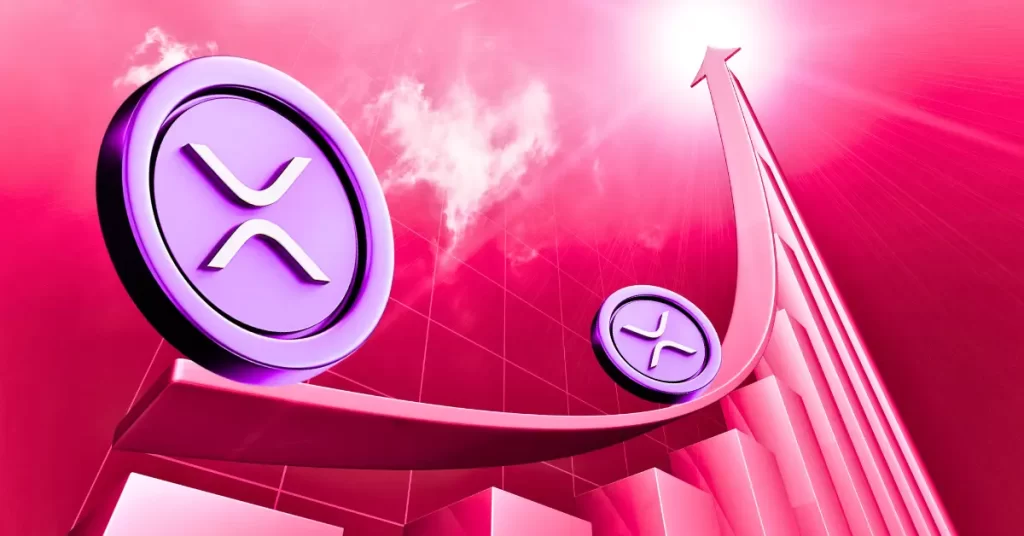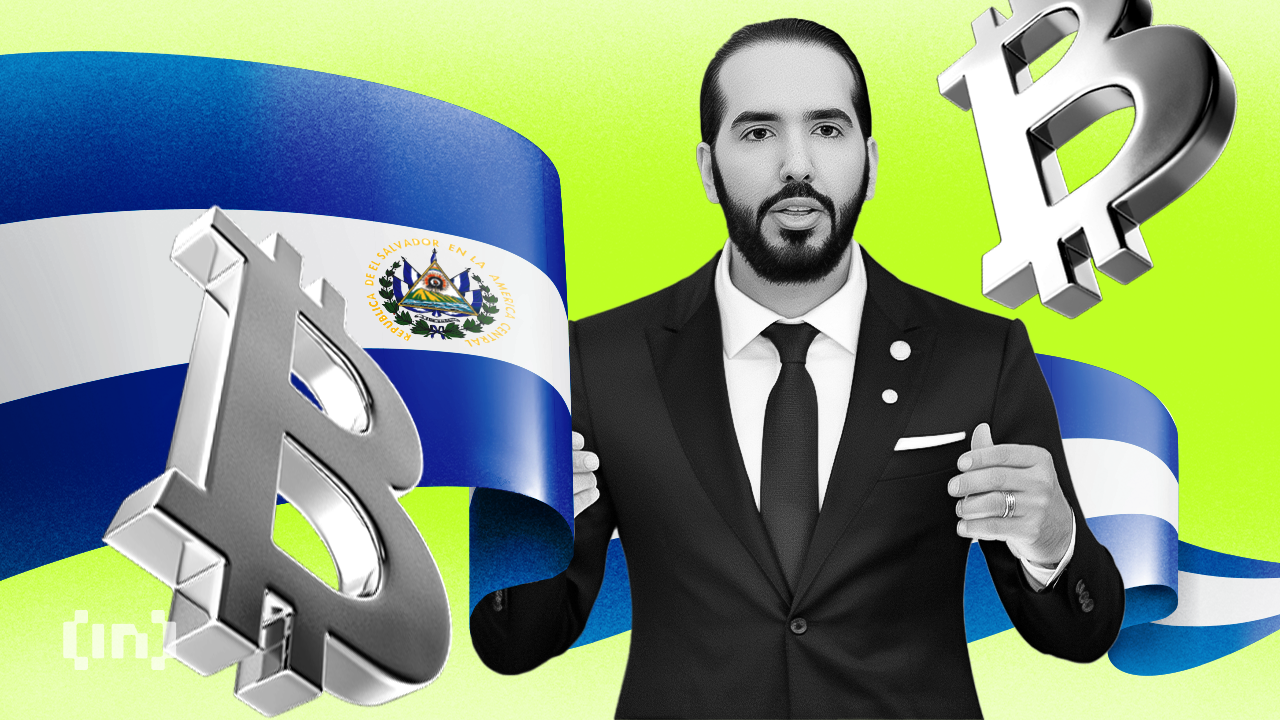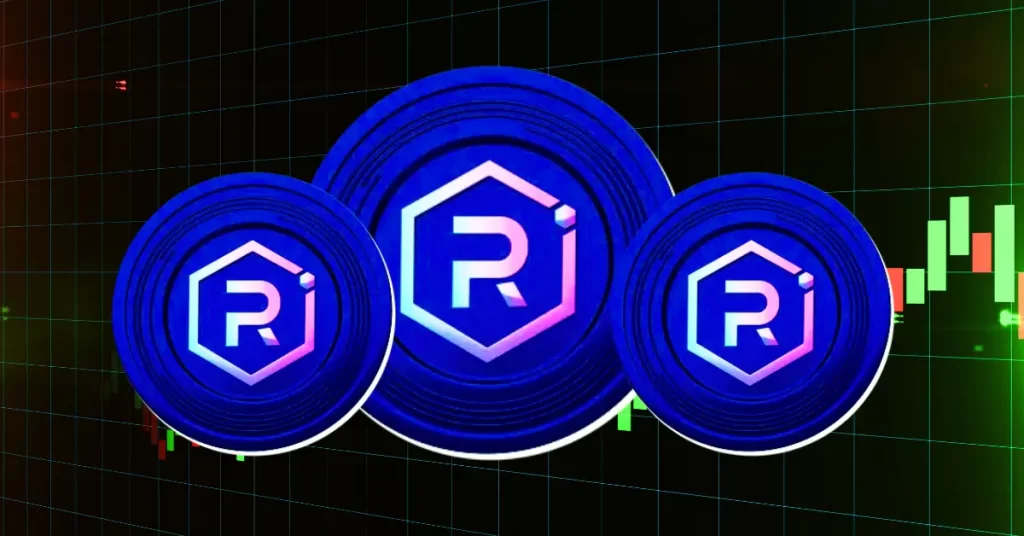
The post Unlocking Vast Liquidity Is Key To DeFi Ecosystem Growth appeared first on Coinpedia Fintech News
In the world of crypto and decentralized finance, one of the key metrics that determines the health of a given market is how liquid it is. Understanding the concept of “liquidity” is essential to crypto investors, as it’s one of the key metrics that defines their ability to enter into, and exit, positions on different assets.
Liquidity in crypto markets can be compared to the availability of a certain product in a physical market. Let’s imagine you’ve gone shopping at a farmer’s market and you’re hoping to buy some eggs. Mostly likely, there will be dozens of different stalls all selling various types of eggs. You’ll easily be able to find the exact type and size you want, and there won’t be much of a queue so you can quickly complete your purchase. Such a situation is possible due to high liquidity, which means a stable supply and demand.
However, in situations where there is less supply and too much demand, it won’t be so easy to buy the eggs you want. At a smaller market with just a handful of vendors, it will take longer to find your eggs, and you might have to pay a higher price. If there’s only one vendor selling the eggs you need, you may have to wait a while before you can buy them, and there’s a chance you won’t be able to buy them at all, if the supply dries up and the farmer doesn’t have any left to sell. That’s what we mean by low liquidity.
For crypto traders, deep liquidity is vital. It means there are lots of buyers and sellers, which makes it possible to quickly trade crypto assets without paying a higher price than expected. The more liquidity a market has, the easier it is to buy and sell assets at a fair price, just as it would be to buy eggs at a busy farmer’s market.
Which Networks Have Good Liquidity?
Liquidity can be problematic on some decentralized crypto exchanges, where users are incentivized to deposit digital assets in a “liquidity pool” for others to trade against. It can be challenging for protocols on smaller blockchain networks to attract sufficient liquidity, making it difficult for them to fulfill larger orders. In such cases, you might end up paying a much higher price than the publicized exchange rate to acquire the asset you need.
Fortunately, on major blockchain networks like Ethereum, Solana and Binance Smart Chain, liquidity is less of a problem. As some of the most established networks in the crypto industry, they have millions of users globally and many of them are only too happy to provide the liquidity required by the various DEX platforms and DeFi protocols that live on them.
That’s why trading crypto on a platform such as Uniswap on Ethereum rarely presents any problems. The incentivization mechanisms of DEXs and protocols on Ethereum generally work very well, using algorithms to adjust the rewards accordingly if one of the two assets in a liquidity pool becomes insufficient. By increasing the rewards to liquidity providers, liquidity pools can quickly regain equilibrium, ensuring that users can continue to trade freely.
Liquidity on Ethereum is further enhanced by protocols such as Dolomite, which offers DEX-based margin trading for over 1,000 crypto assets. Because it’s live on multiple Ethereum L2s, including Arbitrum, Mantle, Polygon zkEVM and X Layer, the Dolomite protocol taps into them all with its virtual liquidity system, enabling high throughput and capital-efficient trading for users.
The vast liquidity on Ethereum, BSC and Solana stems from their enormous market capitalization. In the Ethereum ecosystem, the ETH token alone has a market cap of over $327 billion, and many other tokens also boast billion dollar-plus market caps, such as SHIB, DAI, RENDER and ARB.
Not every blockchain has the same advantage. Still, there are various things smaller blockchains can do to ensure they always have sufficient liquidity to keep their DeFi engines ticking over.
Smaller Networks Can Fight Back
A good case in point is the EOS network, which has enjoyed a strong resurgence over the last couple of years and is fast becoming considered as a viable alternative to Ethereum, with advantages such as faster transaction processing, more scalability and lower transaction costs being some of its key advantages.
With the launch of the EOS EVM in April 2023, the doors to the performance, reliability and low fees of the EOS network have been opened for hundreds of EVM dApps, and dozens of developers have jumped in. For instance, numerous top crypto wallets, such as MetaMask, Ledger and Coinhub, have announced support for EOS. DeFi has eagerly embraced EOS too, with dApps like Noah Swap, Neutroswap, Frogge.finance and Ave.ai looking to take advantage of EOS’s Yield+ initiative, which aims to incentivize dApps that increase the total value locked on EOS and generate yield for its users.
As a natural consequence, this influx of new dApps and wallets on EOS is bringing vast amounts of new liquidity onto the network. Many are doing this by utilizing the EOS EVM Trustless Bridge, which enables them to bridge assets between Ethereum and EOS in a completely trustless way, without the use of centralized intermediaries. By providing a secure, decentralized approach to bridging liquidity, EOS streamlines the flow of capital between itself and the world’s most liquid blockchain network.
The main advantage EOS has over Ethereum is its enhanced performance, which enables the seamless, low-cost transactions that are essential for DeFi users and traders.
One of Ethereum’s biggest problems is its inability to scale, with the network only able to process 14 transactions per second on average, resulting in its overreliance on Layer-2 networks. On the other hand, EOS can process almost 4,000 transactions per second, with almost instantaneous finality thanks to the recent introduction of Savanna, a new delegated proof-of-stake consensus mechanism.
Another key advantage of EOS is its low transaction costs. It has implemented a novel dynamic gas fee structure, where users are required to stake EOS tokens and pay their gas fees upfront, as opposed to doing so on a per-transaction basis. This mechanism provides considerable advantages that appeal to DeFi users, with lower average transaction fees and no need to worry about ensuring you have enough funds to pay the gas fees in your wallet. It even paves the way for the zero-fee dApp, as developers have the option to deposit tokens into a smart contract to cover the fees on behalf of their users.
By tapping into Ethereum’s liquidity, EOS can bring these advantages to almost every DeFi trader.
Setting The Stage For Liquidity Growth
Thanks to EOS’s liquidity bridge and its rapid transaction times, users don’t have to worry about their funds being caught in a backlog, which means they will always be available, encouraging more users to provide liquidity to the ecosystem. And with the lower fees, users are more likely to engage in EOS’s ecosystem, creating a virtuous cycle that attracts more capital, and therefore even more liquidity onto the network.
Being able to attract liquidity is essential for the growth of any DeFi or dApp ecosystem, and EOS is making great strides in doing so. With its EOS EVM, its trustless bridge, its highly-performant blockchain architecture and its minimal, sometimes even non-existent fees, its fast becoming an enticing option for DeFi investors looking to put their crypto capital to work.

 2 months ago
34
2 months ago
34








 English (US) ·
English (US) ·